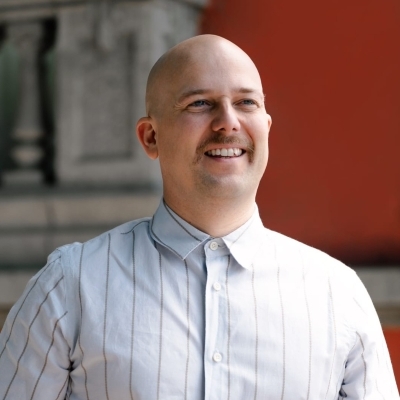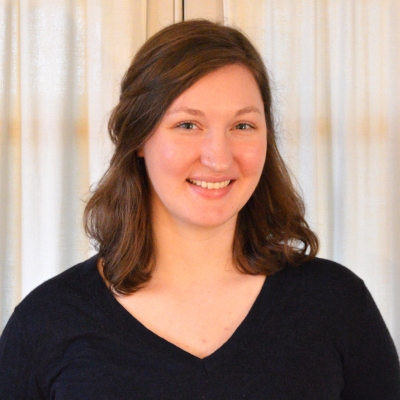If students are going to get the most out of school, they need to be engaged. Research shows, for example, that disengaged students are more likely to suffer a range of bad consequences, such as failing a course, repeating a grade, and dropping out. Yet however much rhetoric we may hear about building a “student-centered” education system, the education research world spends little time focusing on student perspectives.
To amplify student voices, the Thomas B. Fordham Institute commissioned a survey last year asking high schoolers about their classroom experience. The nationally-representative sample included students from forty-eight states and the District of Columbia, representing all types of schools—traditional public, public magnet, parochial, independent, and charter. The results, published in Fordham’s What Teens Want from Their Schools, gave us a broad portrait of student engagement in the country, and a peek at how students view America’s education system.
As the new school year starts, it’s time to think again about what students have to say. In a series of posts, this being the first, we’ll revisit that report and take a closer look at the results, with an eye towards what information might be useful for reformers and educators. We begin by exploring how high schoolers feel about different classroom activities. (Spoiler alert: not very enthusiastic.)
What is the secret sauce that makes a classroom interesting—especially to teenagers, notoriously hard to impress? Teachers who know their subject, care about their students, and have the dedication to put in extra time and energy often find that those admirable qualities are inadequate weapons in the daily war against apathy. What Teens Want From Their Schools doesn’t solve the problem, but it does tell us something else: When it comes to activity types, there is no secret sauce. Opinions vary widely, and some activities are clearly more intrinsically interesting to students than others. But overall, none of the activities our authors asked about got uniformly enthusiastic support.
Figure 1 describes the percentages of students saying they were “very” or “extremely interested” in the given classroom activity. Only one of the nine, “projects and lessons involving technology,” garners a rating of “very” or “extremely interesting” from more than half of students (61 percent). At the low end of the spectrum, just 30 percent of students rate “giving presentations and speeches” to be interesting, and only 27 percent find teacher lectures anything more than “somewhat interesting.”
Figure 1: Percentage of students rating activity “very interesting” or “extremely interesting”

Figure 2 breaks down student responses for the top- and bottom-rated classroom activities. More students rate lectures negatively than positively. But lessons involving technology are very popular, with just 9 percent of pupils rating projects and lessons involving technology as uninteresting, so tech-savvy lesson planning may be a way to get teens’ attention. And students generally rate school use of technology highly: In response to another question on the survey, 80 percent agree or strongly agree that technology in their schools is used effectively for education.
Figure 2: Student ratings for most and least popular classroom activities

So what to make of these findings, beyond the fact that teens like technology? For one thing, students like doing. They like discussing, creating, researching, and they’re less interested in activities that revolve around watching and listening. Yes, those are often necessary parts of classroom activities, but a wise educator will recognize the danger of leaving students passive, and draw on strategies like cold-calling and turn-and-talks to keep them participating during lectures. Flipping the classroom, where students do the “lecture” at home via a video and then have more time for interaction and collaboration during class time, is another promising new trend.
All this teenage “meh” leaves educators with a (hopefully invigorating) challenge. It’s possible that the lectures, group projects, and class discussions students have experienced in the past weren’t so engaging, but that doesn’t mean they can’t be. Engagement depends, of course, on much more than the activity type; content, delivery, and management all play a role.
If a teacher is going to deliver a riveting lecture, with students hanging on her every word—and we’ve all seen it done—fantastic. But she should know that 73 percent of the class isn’t expecting it to be very interesting, and it’s her burden to change their mind. And if a teacher is setting out to lead a class debate, 49 percent of students think that activity itself is interesting—but how many more could she reel in with a great topic and a provocative question? If nothing seems to be working, maybe it’s time to jump on a desk. After all, if our findings tell us anything, it’s that the fight against apathy is real—and resourceful teachers can be a powerful weapon.

